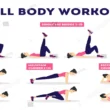[ez-toc]
Stretching exercises are a fantastic way to relieve tension and enhance the range of motion in your shoulders. Whether you’re an athlete, an office worker, or someone who frequently experiences shoulder discomfort, incorporating shoulder stretches into your daily routine can provide significant benefits.
In this article, we will explore various shoulder stretches that can help alleviate tension and improve flexibility. So let’s dive in and discover how you can achieve a healthier and more mobile shoulder region.
Introduction
The shoulders play a vital role in various daily activities, such as lifting, pushing, and reaching.
However, due to factors like poor posture, repetitive movements, or stress, tension can build up in the shoulder muscles, leading to discomfort and a limited range of motion.
Shoulder stretches can help release this tension and increase flexibility, promoting better shoulder health.
Benefits of Shoulder Stretches
Shoulder stretches offer several benefits, including:
- Improved Flexibility: Regular stretching enhances the flexibility of the shoulder joints and surrounding muscles, allowing for a wider range of motion.
- Reduced Tension and Pain: Stretching helps relax and loosen tight shoulder muscles, reducing tension and alleviating pain caused by muscle imbalances or strain.
- Enhanced Posture: Stretching exercises promote proper alignment and posture by counteracting the effects of prolonged sitting and slouching.
- Increased Blood Flow: Stretching improves blood circulation to the shoulder area, delivering vital nutrients and oxygen to the muscles and promoting tissue repair.
Precautions Before Stretching
Before starting any stretching routine, it’s essential to consider the following precautions:
- Warm-Up: Perform a brief warm-up consisting of light aerobic exercises, such as jogging in place or arm circles, to increase blood flow and prepare the muscles for stretching.
- Listen to Your Body: Pay attention to your body’s signals during stretching. Discontinue any exercise that causes sharp pain or discomfort.
- Gradual Progression: Start with gentle stretches and gradually increase the intensity and duration over time to avoid straining the muscles.
Basic Shoulder Stretches
Here are some basic shoulder stretches that can help relieve tension:
Neck Release

- Sit or stand with your back straight.
- Tilt your head to the right, bringing your right ear toward your right shoulder.
- Place your right hand on the left side of your head and gently apply pressure, deepening the stretch.
- Hold for 20-30 seconds, then repeat on the other side.
Shoulder Roll
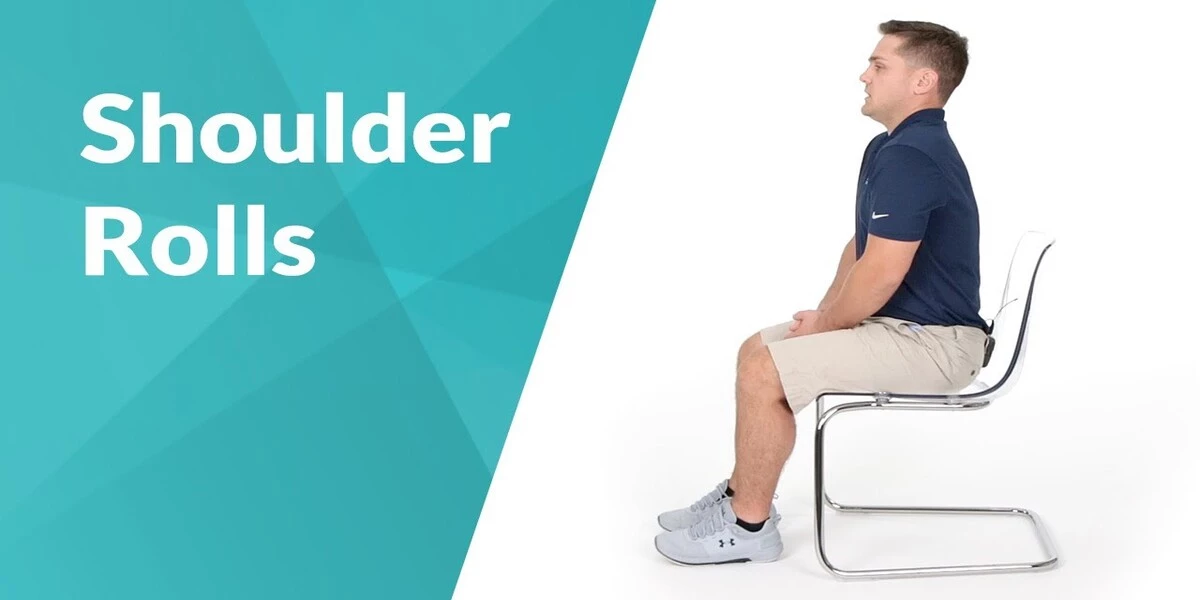
- Stand tall with your feet shoulder-width apart.
- Relax your arms by your sides.
- Slowly roll your shoulders forward in a circular motion for 10-15 seconds.
- Reverse the direction and roll your shoulders backward for another 10-15 seconds.
Cross-Body Arm Stretch

- Extend one arm across your chest.
- Use the opposite hand to hold the stretched arm at the elbow.
- Gently pull the arm closer to your chest, feeling a stretch in the shoulder.
- Hold for 20-30 seconds, then switch sides.
Chest Expansion
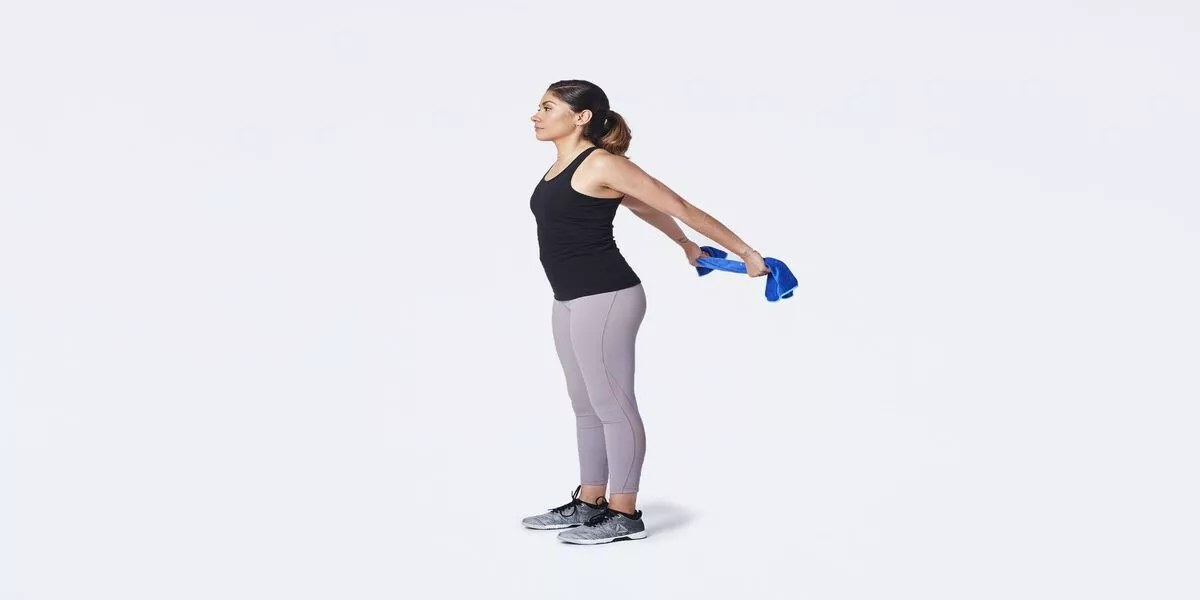
- Stand tall with your feet shoulder-width apart.
- Clasp your hands behind your back, palms facing inward.
- Keeping your back straight, lift your hands away from your body, feeling a stretch in your chest and shoulders.
- Hold for 20-30 seconds.
Advanced Shoulder Stretches
For those seeking a deeper stretch, advanced shoulder stretches can provide additional benefits:
Doorway Stretch
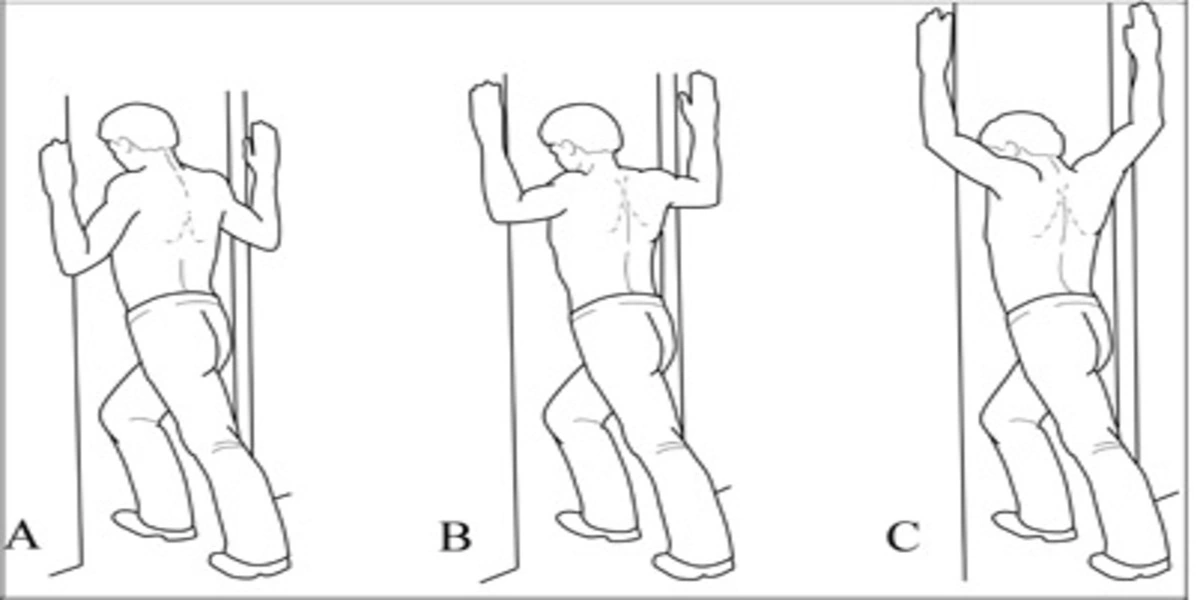
- Stand in a doorway with your feet hip-width apart.
- Place your forearms on each side of the doorway, elbows at a 90-degree angle.
- Step forward with one leg to feel a stretch in the chest and shoulders.
- Hold for 20-30 seconds, then switch legs.
Also Read: Resistance Band Exercises for Targeting Specific Muscle Groups
Cow Face Pose
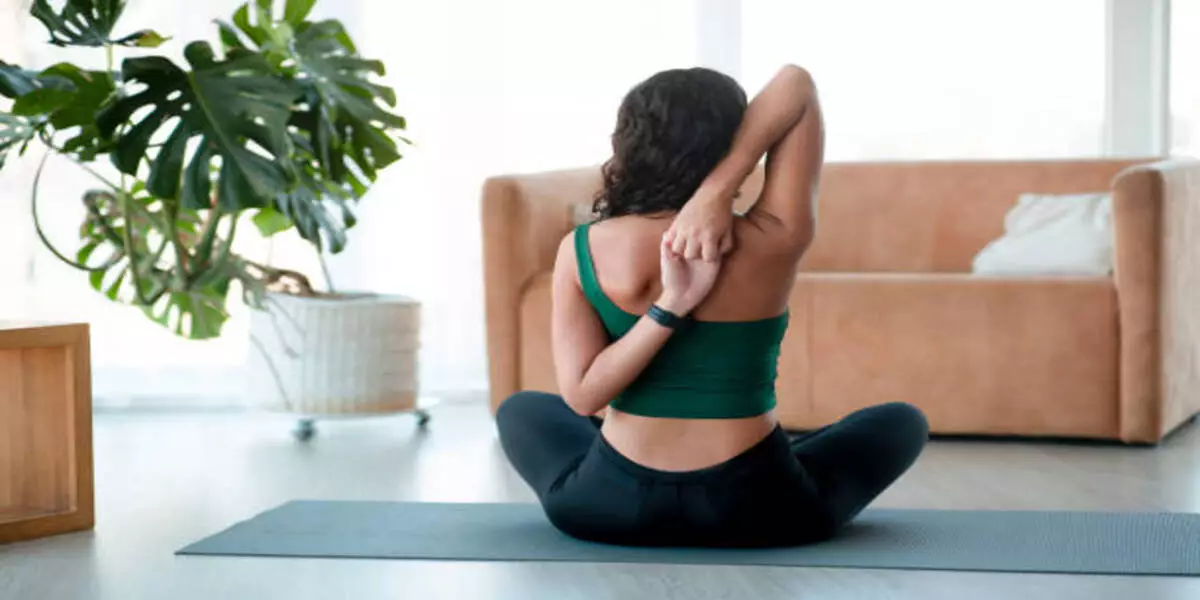
- Sit or stand with your back straight.
- Extend one arm straight up and bend it at the elbow, reaching behind your head.
- Bend the other arm behind your back, reaching upward.
- Try to touch the fingers of both hands together, or use a strap if necessary.
- Hold for 20-30 seconds, then switch arms.
- Stand tall with your feet shoulder-width apart.
- Extend your arms straight forward at shoulder height.
- Cross your right arm over your left, bending at the elbows.
- Wrap your forearms and bring your palms together, if possible.
- Lift your elbows slightly to intensify the stretch.
- Hold for 20-30 seconds, then switch arm positions.
Thread the Needle
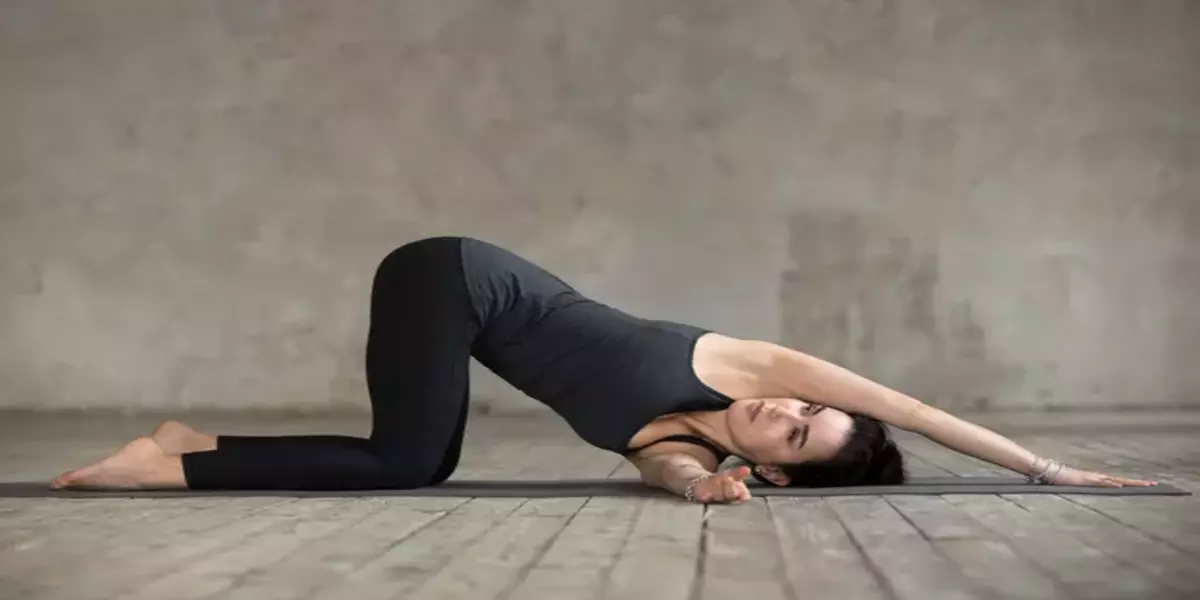
- Begin on all fours in a tabletop position.
- Slide your right arm under your body, reaching as far to the left as possible.
- Lower your right shoulder and cheek to the ground, feeling a stretch in your shoulder and upper back.
- Hold for 20-30 seconds, then switch sides.
Stretching Routine for Shoulder Health
To maintain optimal shoulder health, consider incorporating the following stretching routine into your daily or weekly exercise regimen:
Warm-Up
- Perform 5-10 minutes of light aerobic exercises, such as jogging, cycling, or jumping jacks.
Basic Stretches
- Complete the basic shoulder stretches mentioned in section 4 for 10-15 repetitions each.
Advanced Stretches
- Progress to the advanced shoulder stretches outlined in section 5, performing 2-3 sets of 20-30 seconds for each stretch.
Cool Down
- Finish your stretching routine by performing gentle shoulder circles or relaxation exercises to promote recovery and reduce muscle soreness.
Tips for Effective Shoulder Stretching
Here are some additional tips to maximize the effectiveness of your shoulder stretching routine:
- Consistency: Perform shoulder stretches regularly to maintain and improve flexibility.
- Breathe and Relax: Take slow, deep breaths during each stretch, allowing your muscles to relax and release tension.
- Focus on Form: Pay attention to proper form and alignment during each stretch to avoid strain or injury.
- Seek Professional Guidance: If you have pre-existing shoulder conditions or injuries, consult with a healthcare professional or physical therapist for personalized guidance.
Conclusion
Shoulder stretches are a valuable tool for relieving tension and enhancing the range of motion in the shoulders.
By incorporating both basic and advanced stretches into your routine, you can promote better shoulder health, reduce discomfort, and improve flexibility.
Remember to warm up, listen to your body, and gradually progress in your stretching routine.
With consistency and proper technique, you can experience the benefits of shoulder stretches and enjoy a healthier, more mobile shoulder region.





